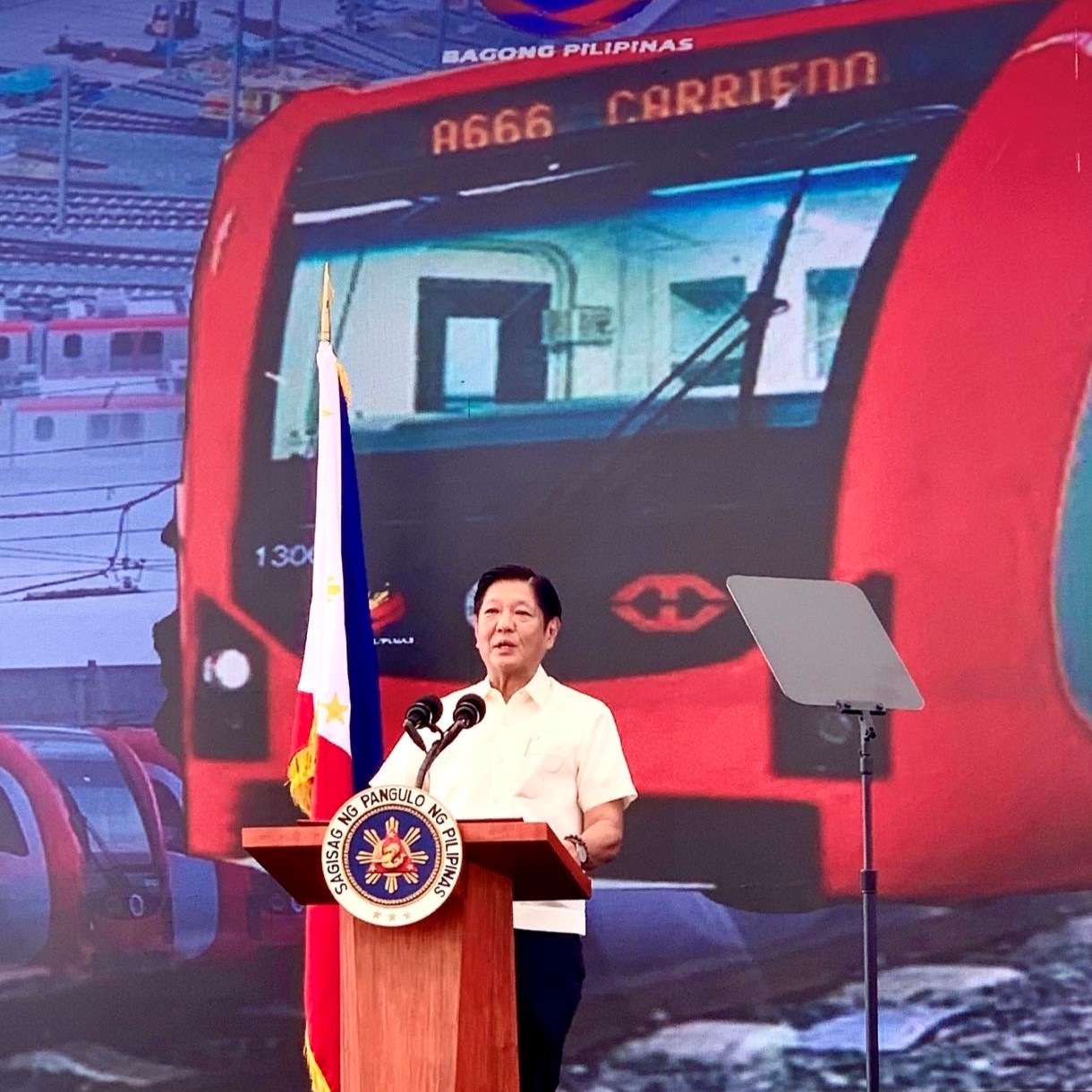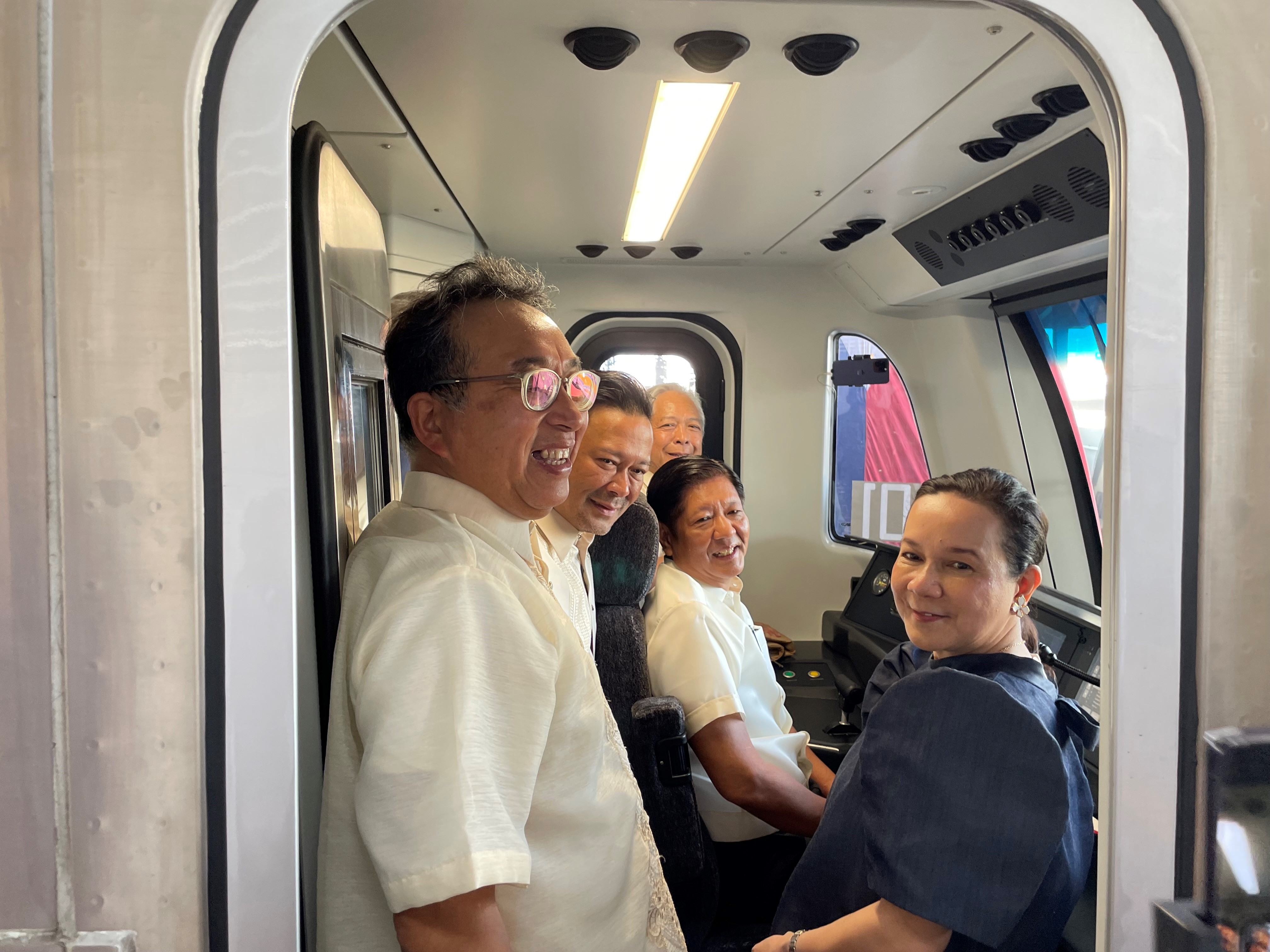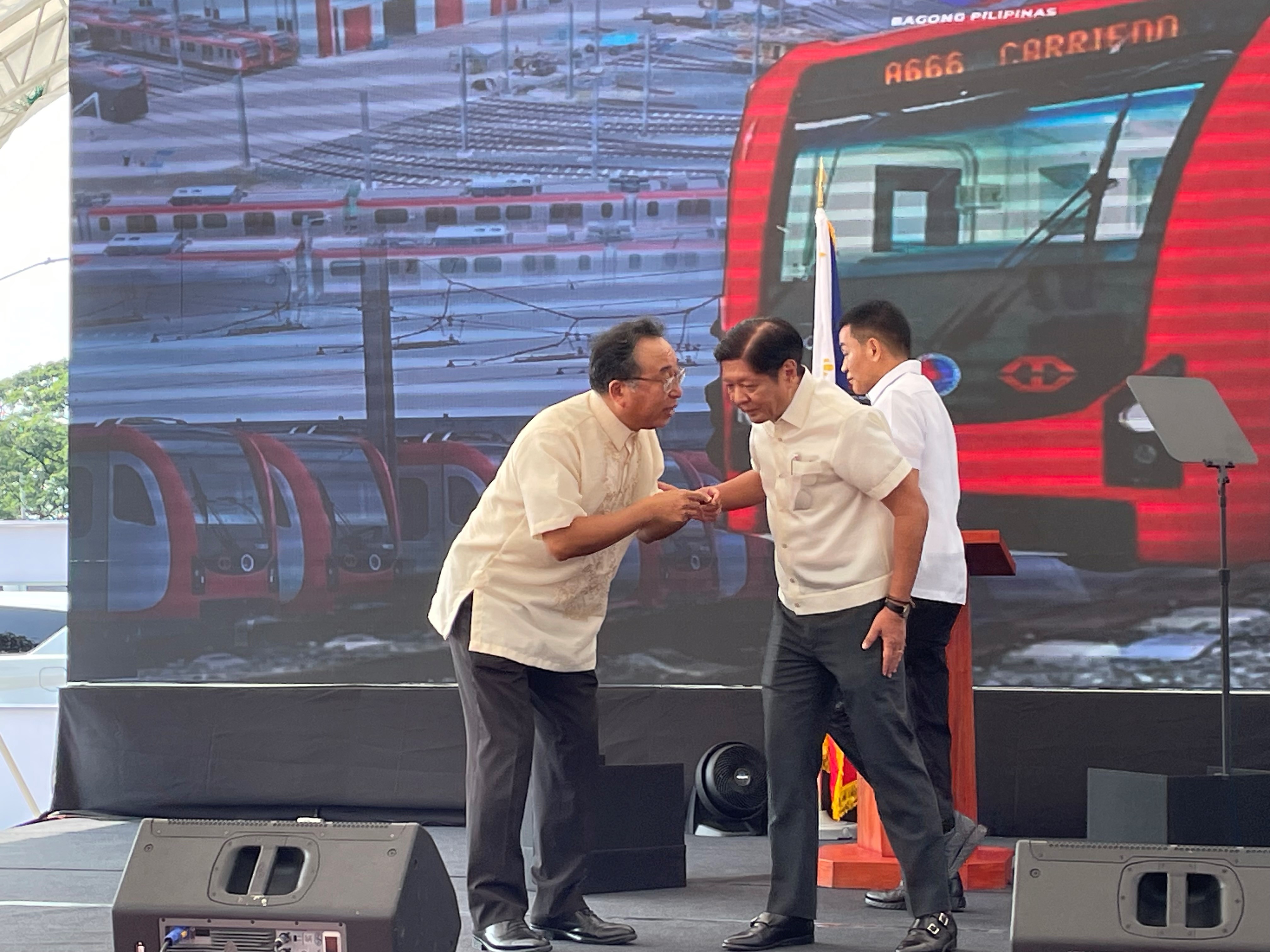LRT-1 Cavite Extension Phase 1 to begin commercial operation
2024.11.15


The much-anticipated operation of Phase 1 of the Light Rail Transit Line 1 (LRT-1) Cavite Extension (L1CE) Project will commence on November 16, 2024 at 5:00 A.M. following its inauguration on 15 November 2024, allowing passengers to travel from Fernando Poe Jr. (FPJ) Station in Quezon City all the way up to Dr. Santos in Parañaque, with significantly reduced travel time.
Made possible by the Public-Private Partnership (PPP) between the Philippine government and Light Rail Manila Corporation (LRMC), L1CE Phase 1 will be the first railway line partially opened under the administration of President Ferdinand “Bongbong” Marcos, Jr. It is expected to boost ridership among daily commuters, thereby alleviating road traffic congestion in Metro Manila and adjacent areas.
Under the Phase 1, an about 6.5-km extension line is added to connect the Baclaran Station to five new stations, namely, Redemptorist-Aseana, MIA Road, PITX, Ninoy Aquino Avenue, and Dr. Santos. Phases 2 and 3 of L1CE are expected to further extend for about 6-km line with additional three stations, two in Las Piñas, and one in the City of Bacoor in Cavite. Once the entire L1CE is completed, it will cater to an estimated 300,000 additional passengers daily serving to a total of 800,000 ridership daily for the entire LRT-1 once fully operational.
Japan International Cooperation Agency (JICA) provided a soft loan for a part of major components for L1CE, including the supply of 30 train sets of fourth-generation light rail vehicles, expansion of the Baclaran depot in Pasay, and the construction of the Zapote new satellite depot in Cavite.
In addition to providing the loan, JICA, in partnership with Japanese highly-experienced railway operation company Hankyu Corporation and Japanese renowned trading company Sumitomo Corporation, made a strategic direct investment in LRMC to acquire a part of its shares this year. This partnership with the Japanese companies and LRMC is expected not only to further improve the ride quality of the train services but to strengthen the connectivity between LRT-1 and other transportation modes around the stations in collaboration with the Local Government Units (LGUs) along the railway alignment, under the concept of passenger oriented service delivery and area development by means of Transit-Oriented Development (TOD).
With the added section of L1CE Phase 1, LRT-1 will provide passengers a safe, reliable, and comfortable riding experience. They will also enjoy the benefit from connection with intermodal transport hubs at PITX station and Dr. Santos Station, which enables dramatically convenient access to other public transportation such as buses, jeepneys, and taxis, as well as parking space for private cars and motorcycles.

During the momentous inauguration ceremony with the presence of the Philippine President Bongbong Marcos Jr., DOTr Secretary Bautista and other dignitaries, JICA Philippines Chief Representative SAKAMOTO Takema expressed his gratitude and appreciation for the opportunity to collaborate with the Philippine government, LRMC, and other partners including private sectors of the Philippines and Japan. “JICA expresses its 100% support and commits to pursue 4 points, safe and reliable railway network, urban mobility modernization, modal shift, and livable urban development, with extensive experience and know-how of Japan’s railway operation. JICA and partners envisage very impactful achievements in various areas, such as Clean Air, Climate Change, Investment Environment, Job generation, and Regional Development among others, too,” SAKAMOTO added.
The opening of the L1CE Phase 1 will provide substantial relief to road users, as more commuters shift from road-based transport to the safe, reliable and comfortable public mass transportation services. According to the 2023 TomTom Traffic Index, Metro Manila currently ranked as the most congested metro area among 387 cities across 55 countries worldwide. L1CE with its increased capacity and enhanced connectivity, aims to help alleviate these pressing traffic challenges, supporting the government’s vision of a more efficient and accessible public transportation network. By offering a reliable and sustainable commuting alternative, this contributes to a future of smoother, faster, and greener mobility for Metro Manila and beyond, fostering a vibrant transformation and sustainable development along the railway alignment of LRT-1 and its surrounding areas of railway stations.



scroll